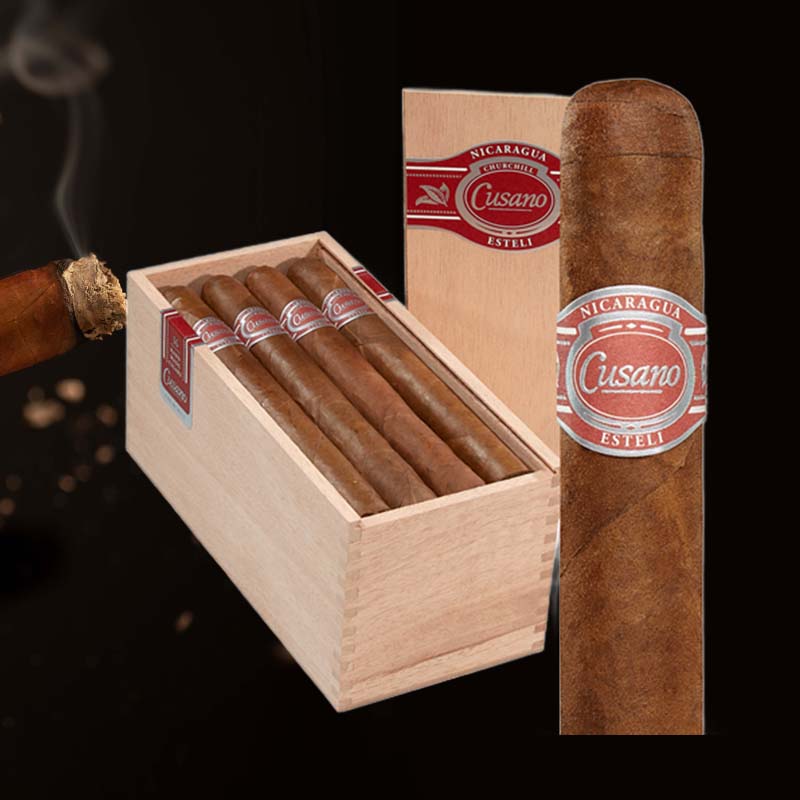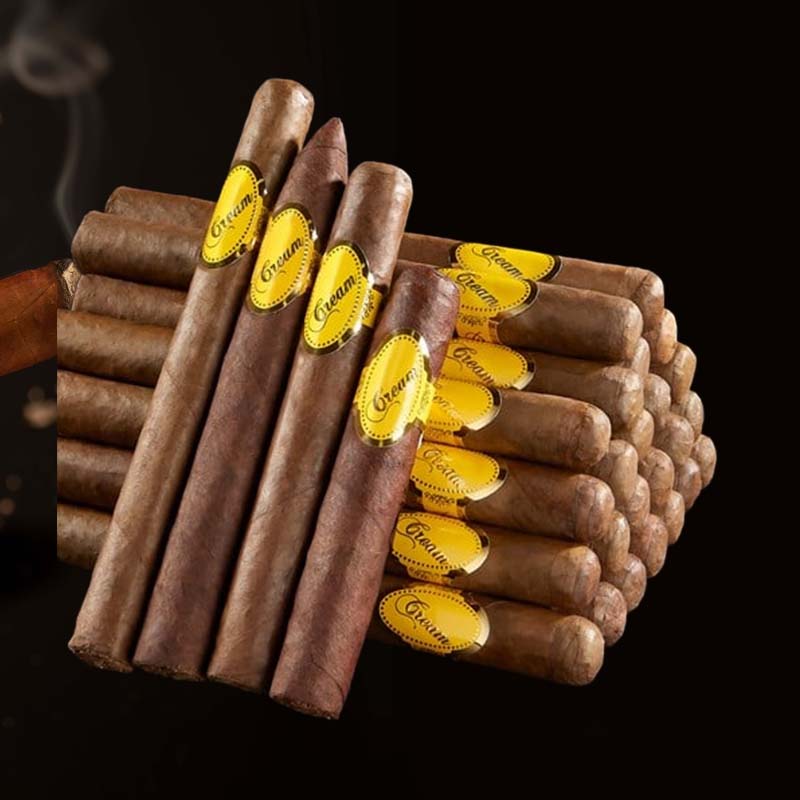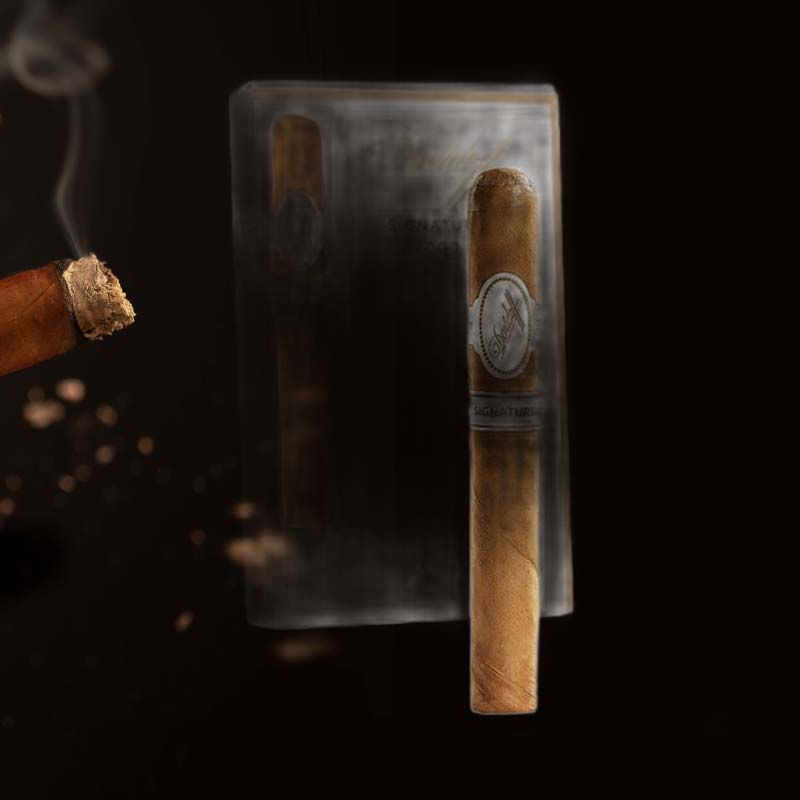How to put butane in a torch lighter
ಅತ್ಯಾಸಕ್ತಿಯ ಸಿಗಾರ್ ಉತ್ಸಾಹಿಯಾಗಿ, I’ve often found myself in situations where my trusty torch lighter runs out of butane right when I need it the most. The frustration is real, but with the right guidance, refilling a butane lighter can be as easy as lighting a cigar. ಈ ಲೇಖನದಲ್ಲಿ, I’ll guide you through the process of filling your torch lighter along with safety concerns, troubleshooting tips, and maintenance practices. ಹೀಗೆ, let’s spark up this journey together!
Tools You Need to Refill Your Butane Lighter
Essential Equipment
- Butane canister (with a nozzle)
- Your torch lighter
- Safety gloves (ಐಚ್alಿಕ)
- A well-ventilated space
Recommended Butane Brands
ನನ್ನ ಅನುಭವದಲ್ಲಿ, using high-quality butane is key to ensuring your torch lighter functions properly. ಬ್ರಾಂಡ್ಗಳು ಹಮ್ಮಾರು ಹಕ್ಕಿ,
ಸುರಕ್ಷತಾ ಪರಿಗಣನೆಗಳು

Importance of Proper Ventilation
ಮರುಪೂರಣ ಮಾಡುವ ಮೊದಲು, I always ensure that I am in a well-ventilated area. Butane is extremely flammable, and proper ventilation reduces the risk of accidentally igniting it while filling.
Personal Safety Gear
Although it’s not mandatory, wearing safety gloves can protect my hands from any accidental butane leakage and minimize contact with cold surfaces post-filling.
Steps to Refill a Butane Lighter

ಹೆಜ್ಜೆ 1: Prepare Your Work Area
Find a clear, flat surface to work on, ensuring it’s away from any ignition sources. I like to lay down a cloth to catch any spills.
ಹೆಜ್ಜೆ 2: Allow the Lighter to Cool
If I’ve just used the lighter, I wait a few minutes to let it cool down to avoid any potential burns when handling it.
ಹೆಜ್ಜೆ 3: Adjust the Flame Setting
Most torches have a flame adjustment dial. I turn this setting to its lowest position to prevent any accidental ignitions while I’m filling it.
ಹೆಜ್ಜೆ 4: Bleed the Gas
Using a small, flat object (like a screwdriver), I press the refill valve lightly to release any residual gas. I always do this step in a ventilated area.
ಹೆಜ್ಜೆ 5: Fill with Butane
ಈಗ ಸತ್ಯದ ಕ್ಷಣ ಬರುತ್ತದೆ! I hold the butane canister upside down and insert the nozzle into the lighter’s refill valve. Gently press down for about 5-10 ಸೆಕೆಂಡುಗಳ, watching for any overflow.
ಹೆಜ್ಜೆ 6: Rest the Lighter
After filling, I let the lighter rest for about a minute. This allows any residual butane to evaporate and minimizes the risk of ignition.
ಹೆಜ್ಜೆ 7: ಹಗುರವನ್ನು ಪರೀಕ್ಷಿಸಿ
ಅಂತಿಮವಾಗಿ, I depress the ignition button. If everything’s gone smoothly, the torch will ignite beautifully, ready for use!
Butane Lighter Troubleshooting Tips

Common Issues After Refilling
ಕೆಲವೊಮ್ಮೆ, after a refill, I notice that my lighter may not ignite or the flame is weak. This can often be fixed by re-bleeding and refilling the butane correctly.
What to Do If the Lighter Doesn’t Ignite
If it doesn’t work, I check the ignition button and flame settings again, ensuring they’re correctly adjusted. Sometimes a simple clean-up of the nozzle area can solve the problem.
Additional Tips for Maintaining Your Torch Lighter
How to Store Your Butane Lighter Properly
I always store my torch lighter in a cool, ನೇರ ಸೂರ್ಯನ ಬೆಳಕಿನಿಂದ ಒಣ ಸ್ಥಳ, which helps prolong its lifespan.
Routine Maintenance Practices
I make it a habit to periodically check and clean the lighter’s nozzle and flame adjustment dial to keep it in top condition.
Warnings When Handling Butane

Avoiding Overfilling the Lighter
I’ve learned the hard way that overfilling leads to leaks and potential hazards. A little goes a long way!
Understanding Butane Hazards
Butane is highly flammable, so I always handle the canister with care and keep all sources of ignition at a safe distance.
ಪರಿಣಿತ ಪ್ರಶ್ನೆ&ಒಂದು
Common Questions About Butane Lighters
One common question I encounter is related to filling a butane lighter without an adapter. ಅಂತಹ ಸಂದರ್ಭಗಳಲ್ಲಿ, I often use the canister’s nozzle directly for a successful refill.
ವೃತ್ತಿಪರ ಸಹಾಯವನ್ನು ಯಾವಾಗ ಪಡೆಯಬೇಕು
If my lighter still won’t work after troubleshooting, it’s time to visit a professional. This ensures no internal damage has occurred.
Things You Should Know

Types of Butane Lighters
There are various types available, ಪ್ರತಿಯೊಂದೂ ವಿಶಿಷ್ಟ ವೈಶಿಷ್ಟ್ಯಗಳೊಂದಿಗೆ. I prefer torch lighters for their precision and wind resistance, especially when enjoying a cigar outdoors.
Benefits of Using Premium Butane
Using premium butane makes a noticeable difference in flame quality and consistency. I’ve found that my lighters perform better and last longer with top-tier butane.
ಅಂತಿಮ ಆಲೋಚನೆಗಳು

Key Takeaways from This Guide
Refilling a butane lighter isn’t complicated, but following safety precautions and best practices can enhance your experience. A well-maintained lighter can deliver countless moments of enjoyment with your cigars.
Encouragement for Safe Practices
ನೆನಪು, safety first! Take all precautions to ensure a safe refilling process, and enjoy lighting your favorite cigars without any worries.
ಹದಮುದಿ

How do you fill a butane torch lighter?
ಇದು ಸರಳವಾಗಿದೆ! Just hold the butane canister upside down and press the nozzle firmly into the lighter’s refill valve for a few seconds.
How to fill a butane lighter without an adapter?

You can directly use the butane canister nozzle against the lighter’s refill valve for a quick and effective refill.
ಟಾರ್ಚ್ ಹಗುರವನ್ನು ಹೇಗೆ ಬರ್ಪ್ ಮಾಡುವುದು?
To burp a torch lighter, lightly press the refill valve with a small object to release trapped gas before refilling.
Can you put butane in a Bic lighter?

It’s not possible to refill a Bic lighter with butane; they’re designed for single-use and cannot be easily refilled.





